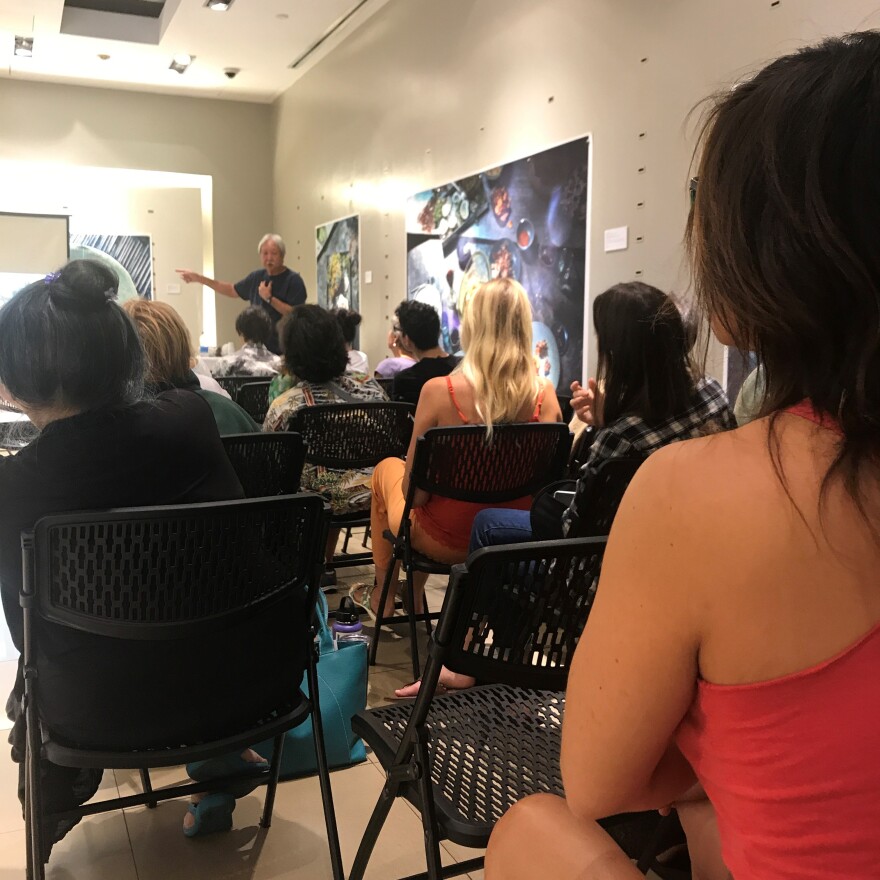The generations-old tradition of seaweed cultivation in Hawai?i is making a comeback. Seaweed or limu is an important part of the traditional Hawaiian diet, but it’s abundance in recent years has been diminishing. HPR’s Ku?uwehi Hiraishi has more.
Queen Lili?uokalani, Hawai?i's last reigning monarch, had a favorite limu or seaweed. A stringy, dark red limu called pakeleawa?a. But by the turn of the 20th century she couldn’t find any along O?ahu's shorelines.

“Pakeleawa?a which was abundant in Lahaina she had that brought over to the Waikiki shoreline in front of her hale, and she wanted to replant,” says marine biologist and limu expert Wally Ito.

“We don't know what the success was we just know that's what she did and that was her attempt at bringing pakeleawa?a to Waik?k?," says Ito.
The native Hawaiian cultural practice of limu cultivation is a tradition Wally Ito hopes to preserve. The marine biologist actively cultivates several species of limu and monitors limu beds statewide. He is raising awareness of limu’s not only cultural but environmental importance to Hawai?i.

“You know we talk about losing our fish. We’re trying to replenish our food stocks. What we hope to make people realize is that limu being the base of the marine food chain,” says Ito.
“And if we can bring back the limu then everything, every trophic level above that is just naturally going to come back," says Ito.

Ito discussed the threats of overharvesting and urbanization on limu in Hawai?i as part of the Visions of the Future initiative put on by the Honolulu Biennial Foundation. Kathy Tuider is the Executive Director of the Foundation.
“Wally is bringing to light that it’s actually very fragile,” says Tuider, “And that you know this major food group that was integral to the Hawaiian diet and a major source of macro and micro nutrients is being affected by human behavior.”




